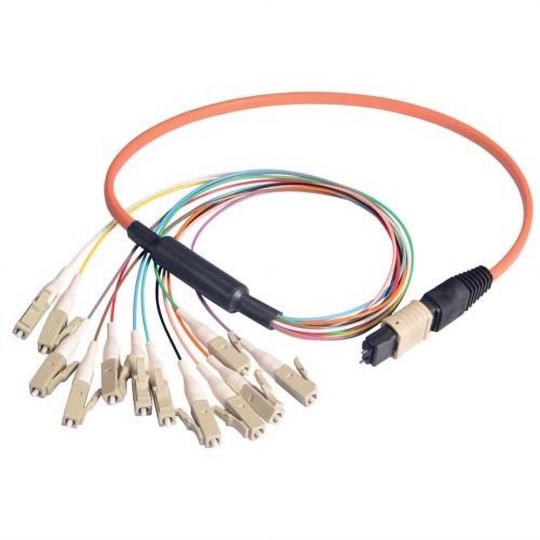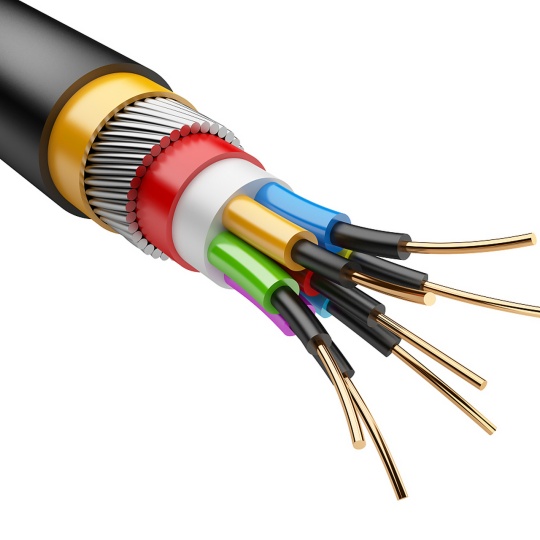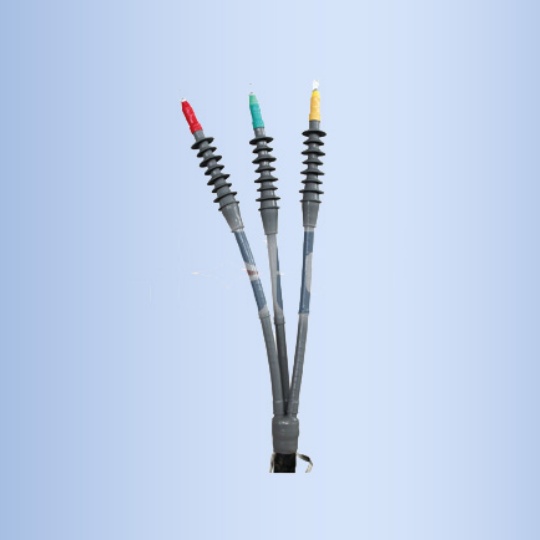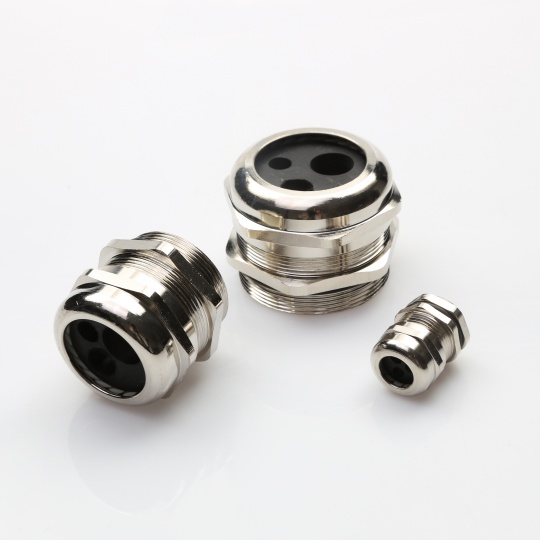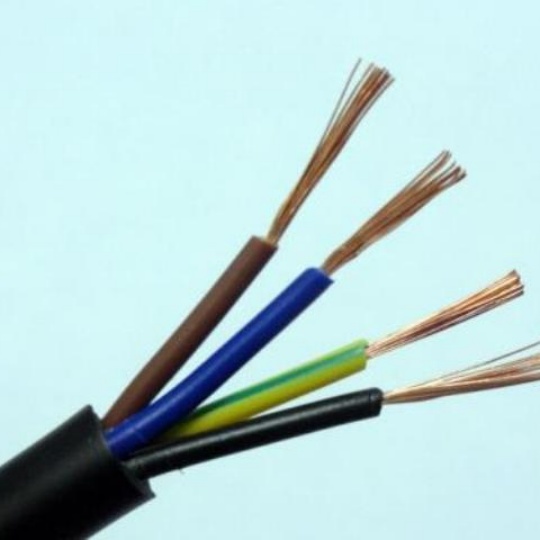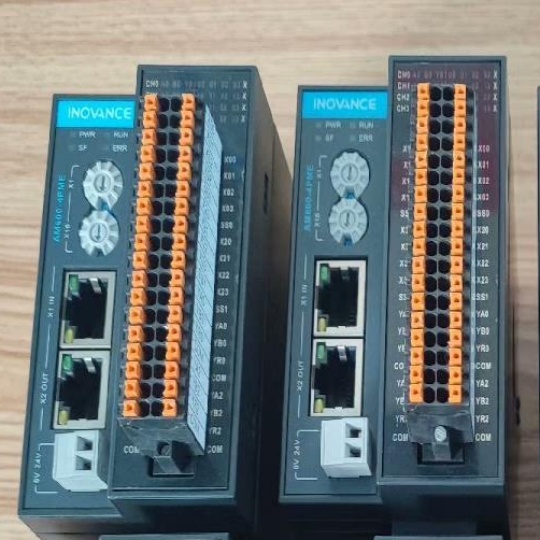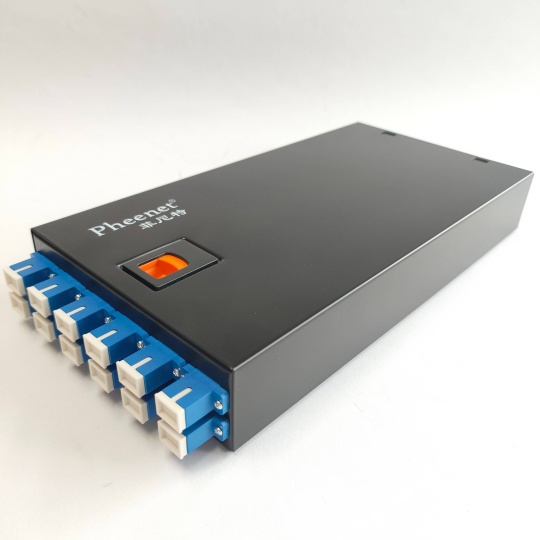Master Asset Management: How to Integrate RFID Tagging into Industria...
In the high-stakes world of industrial operations – from bustling manufacturing floors and complex energy grids to sprawling infrastructure projects – managing critical cable assemblies is a constant challenge. Lost, misplaced, or poorly maintained cables lead to costly downtime, inefficient audits, and hampered productivity. Integrating Radio Frequency Identification (RFID) tagging directly into your industrial cable assemblies provides a powerful, automated solution for robust asset tracking and lifecycle management.
Understanding the Need: Why RFID for Industrial Cables?
Industrial cable assemblies are the lifelines of modern facilities, transmitting power, data, and signals essential for machinery, control systems, and communication networks. Traditional tracking methods – manual logs, spreadsheets, or barcode labels – are notoriously error-prone, slow, and easily damaged in harsh environments. RFID offers distinct advantages:
- Non-Line-of-Sight Reading: Scan multiple cables simultaneously through packaging, crates, or even when coiled, without needing direct visibility.
- Durability: RFID tags can be engineered to withstand extreme conditions that would destroy paper labels or barcodes.
- Automation: Drastically reduces manual scanning efforts, saving time and eliminating human error during inventory checks.
- Data Richness: Store unique identifiers and potentially key data points (e.g., part number, installation date, last test date) directly on the tag.
- Scalability: Track thousands of assets efficiently across large facilities or multiple sites.
Choosing the Right RFID Tag for Harsh Environments
Not all RFID tags are created equal, especially for the demanding world of industrial cables. Consider these critical factors:
- Frequency:
- UHF (Ultra-High Frequency, 860-960 MHz): Preferred for most industrial asset tracking. Offers long read ranges (several meters/feet), fast bulk reading, and good data transfer rates. Ideal for warehouse storage, large inventory areas, and scanning pallets/crates of cables.
- HF (High Frequency, 13.56 MHz) / LF (Low Frequency, 125-134 kHz): Shorter read ranges but often more reliable near metal or liquids. Used for close-proximity checks or when UHF performance is hindered by the environment. Less common for bulk cable tracking.
- Form Factor & Encapsulation: Tags must survive:
- Physical Abuse: Crushing, pulling, abrasion from dragging or coiling.
- Chemical Exposure: Oils, solvents, cleaning agents, hydraulic fluids.
- Extreme Temperatures: High heat near machinery or in foundries, freezing cold in outdoor applications.
- Moisture & Corrosion: Humidity, washdowns, outdoor weather, salt spray.
- Solution: Look for tags specifically engineered for industrial use:
- Rugged Encapsulation: Hardened plastics (e.g., PPS, PEEK), epoxy resins, silicone rubber coatings.
- Mounting: Tags designed for direct adhesion, molding-in, cable tie attachment, or encapsulation within an overmolded section of the cable assembly itself.
- IP Ratings: High Ingress Protection ratings (e.g., IP67, IP68, IP69K) ensure resistance to dust and water immersion. MIL-STD-810G compliance is a strong plus.
- High Temp Materials: Tags capable of withstanding sustained temperatures above 150°C (302°F) or peak temperatures much higher.
- Memory Capacity: While storing a unique serial number (UID) is the core function, tags with user memory (even 512 bits or 1KB) allow storing key maintenance dates or custom identifiers locally.
Integration Methods: Embedding RFID into Cable Assemblies
The key to successful, long-term tracking is secure and permanent integration. Avoid adhesives or labels that can peel off. Opt for these robust methods:
- Direct Adhesion with High-Performance Epoxy: Using industrial-grade, chemically resistant, high-temperature epoxy specifically designed for electronics potting or bonding to cable jackets (e.g., PVC, PUR, TPE).
- Overmolding/Encapsulation: Embed the RFID tag within a connector backshell or an overmolded section of the cable assembly during manufacturing. This provides maximum protection.
- Molded-In Tags: Directly incorporating the RFID inlay into a plastic or rubber tag housing during its molding process, creating a robust unit ready for attachment.
- Cable Tie Tags: Utilizing rugged RFID-enabled cable ties to loop securely around the cable. Ensure the tie material is suitable for the environment.
- Heat-Shrink Sleeves with Embedded RFID: Applying a specialized heat-shrink sleeve containing an RFID tag over the cable jacket or connector strain relief, providing environmental sealing and tag protection simultaneously.
Data Structure and Software Integration
- Unique Identification: The core function – ensure each tag carries a globally unique UID.
- Asset Data Linking: Associate the tag’s UID in your asset management software (like IBM Maximo, SAP EAM, Fiix, UpKeep, or custom platforms) with detailed cable information: Part Number, Manufacturer, Specification, Length, Location History, Installation Date, Last Test Date/Result, Maintenance Records, Work Order Associations, Current Status (In Use, In Stock, Under Repair, Retired).
- Standards: Consider using common encoding standards (like GS1) for interoperability if sharing data across supply chains is necessary.
- Read Points: Strategically place fixed RFID readers at key locations: Warehouse exits/entrances, maintenance bay entrances, critical equipment access points. Equip field technicians and maintenance teams with rugged handheld RFID readers for on-the-spot audits, issue reporting, and locating specific cables.
The Tangible Benefits: Beyond Simple Tracking
Integrating RFID delivers substantial operational ROI:
- Drastic Reduction in Lost/Misplaced Cables: Know exactly where every critical assembly is located.
- Highly Efficient Inventory Audits: Complete audits in minutes instead of hours or days.
- Optimized Maintenance Scheduling: Track service intervals and cable performance history effectively.
- Minimized Production Downtime: Rapidly locate replacement cables during breakdowns. Preventative maintenance based on usage/tracking data.
- Improved Regulatory Compliance & Reporting: Automate documentation for safety standards (UL, CSA, CE) and quality management (ISO 9001).
- Enhanced Supply Chain Visibility: Track cables from receipt through deployment to decommissioning.
- Extended Cable Lifespan: Proactive management and timely maintenance based on accurate usage data.
Implementing Your RFID Integration Project
- Define Requirements: What specific problems are you solving? (e.g., reduce cable search time by X%, achieve Y% inventory accuracy).
- Pilot Program: Start small with a specific cable type or location. Test different tag types, mounting methods, and reader placements.
- Partner Wisely: Collaborate with experienced industrial RFID tag suppliers, cable assembly manufacturers who understand integration, and software providers.
- Choose Durable Tags: Prioritize tags specifically engineered for your environment’s harshest conditions (temp, chemicals, moisture, abrasion).
- Ensure Secure Attachment: Invest in the integration method (overmolding, high-temp epoxy) that guarantees tag permanence and survival.
- Integrate Software: Ensure your asset management system can ingest RFID scan data and map it accurately to your cable database.
- Train Personnel: Educate warehouse staff, technicians, and maintenance crews on the “why” and “how” of the new RFID tracking system.
Conclusion
Integrating RFID tagging directly into industrial cable assemblies is a strategic investment in operational efficiency, cost reduction, and asset intelligence. By overcoming the challenges of harsh environments through robust tag design and secure integration methods, organizations gain unprecedented visibility into their critical cable assets. The result is a transformed asset management process characterized by speed, accuracy, and reliability – turning the challenge of cable tracking into a powerful competitive advantage. Stop searching; start knowing.



